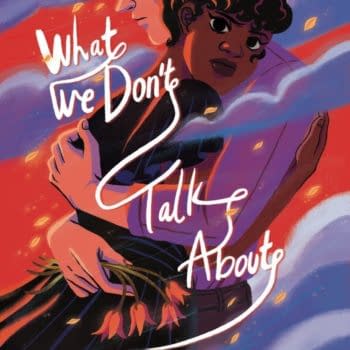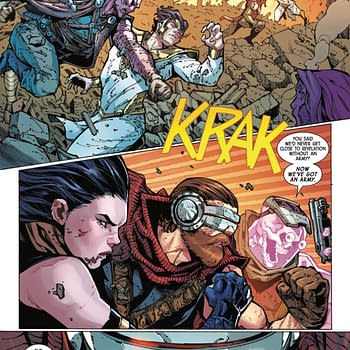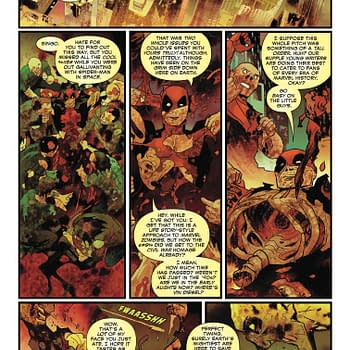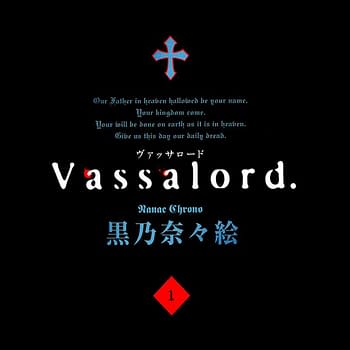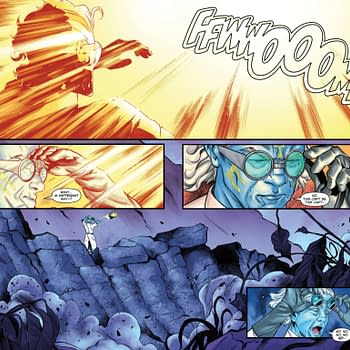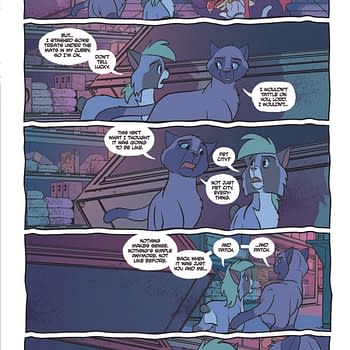Posted in: Comics, Manga | Tagged: Comics, manga
How Writing for Women Created an Entire Cultural Phenomena
In 1944, the Market Research Company of America estimated that 91 percent of girls ages six thru eleven read comic books. The pop sensation of heroes in capes seemed to transcend gender, and one woman, Dorothy Woolfolk, is even credited with helping to manifest Superman's infamous weakness: Kryptonite. While the birth of comics seemed to reach across status and socioeconomic status, the widening gap with the representation of women in comics seemed to decline until third wave feminism highlighted the issues of female, non-binary, and transgendered spaces in media.
This gradual decline of female representation and interest in comics was not unique to the United States either. European comics also lacked and waned in this area, with few layman fans being able to name any female creators or characters that came from this area. The only place in the big three of major comic cultures in the world that thrived in this niche was Asia, where comics made by women and for women have been consistently successful and mainstream, even to the point of reaching American audiences and becoming household names.
Osamu Tezuka from Japan, dubbed as the "Godfather of Manga," pioneered the techniques of what is easily one of the most successful comic formats in the world: manga. Although his early works were more geared towards boys, he realized that the untapped market of articles focused on female readers could be massively successful. This endeavor began with Ribon no Kishi (Princess Knight) managed to kick off a cultural shift where artists and writers began to focus on the female market equally.
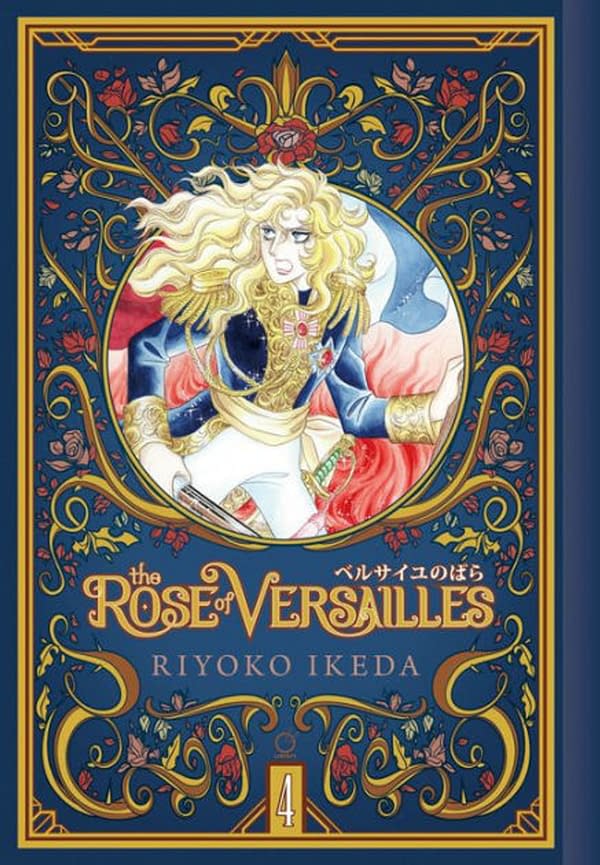
As outlined in his book, Comic Art Propaganda, Fredrik Strömberg highlighted that this caused an entire generation of female readers who grew up and began creating their own comics. These creators and artists became known as the 24 Year Group. They developed such a renowned influence on this comic culture that shoujo manga has since exploded in popularity, giving way to creations such as The Rose of Versailles and CardCaptor Sakura.
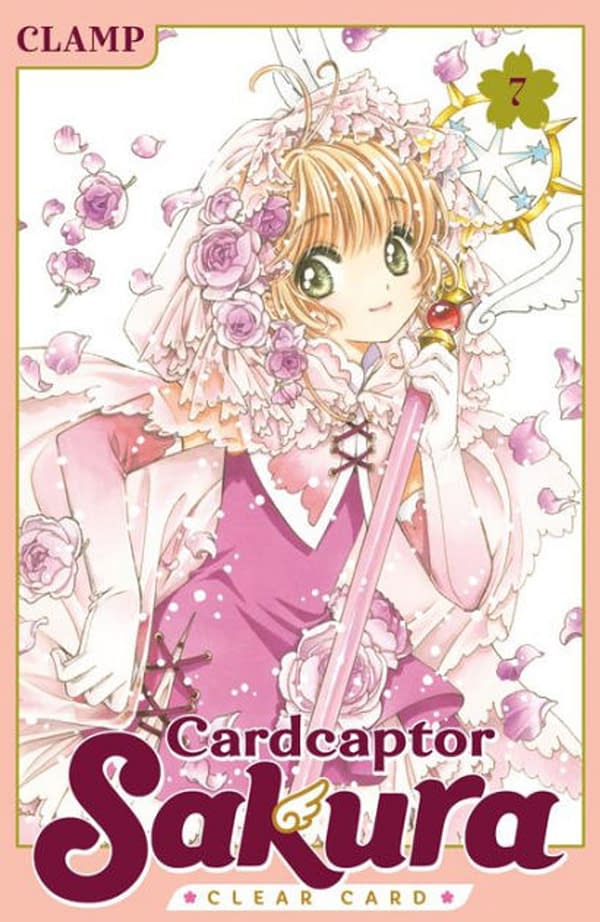
Where ethnocentric eyes may fall on the United States to begin focusing more on female representation, this Asian market has been consistently creating dynamic and independent characters since World War II. Arguably, manga in the United States has been consistently more popular than American comics have been in places like Japan. The influence that female created and female-centric manga has since become such a phenomenon that it is impossible to ignore the importance of creating spaces for these comics to flourish. Without it, stories like Ranma ½, Fullmetal Alchemist, Sailor Moon, and countless others would never have found their ways into western audience attention. They would have left entire generations without female created influences.


